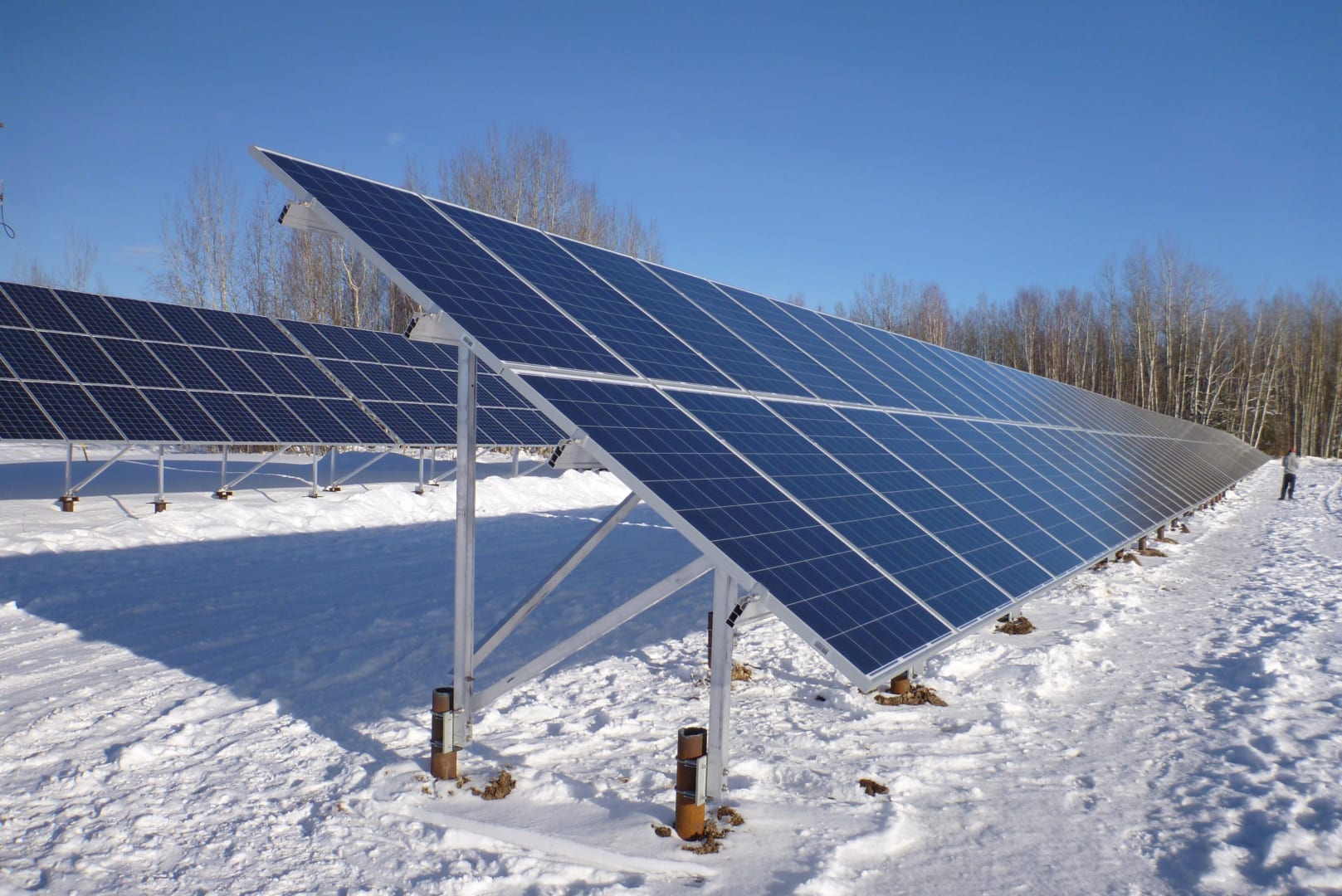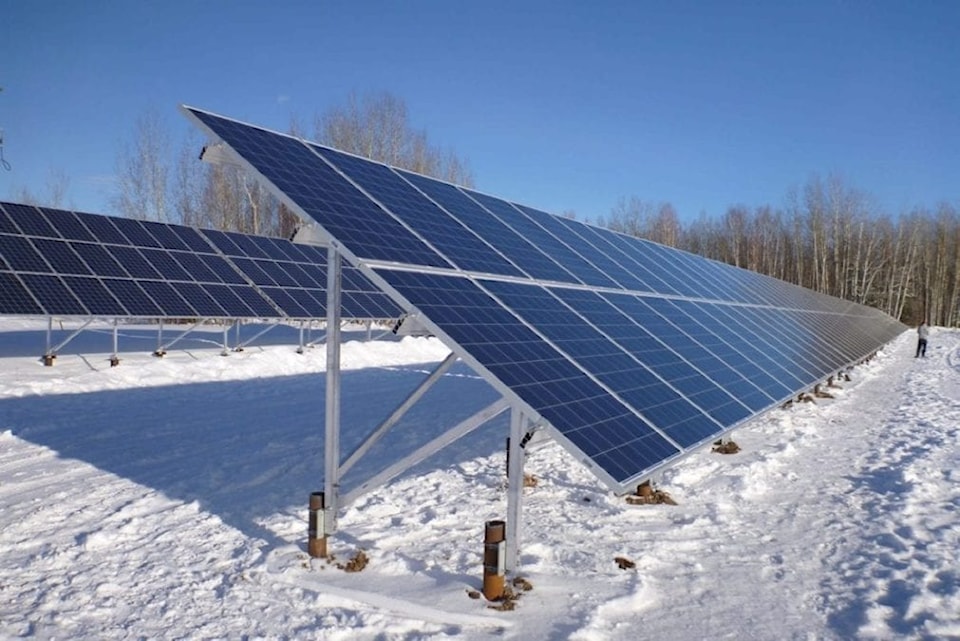
photo courtesy of the Northwest Territories Power Corporation
After years of fanfare, renewable energy has gone mainstream in much of the country.
Enormous wind projects have moved ahead in oil-rich Alberta, efforts are underway to harness the Bay of Fundy’s world-famous tides to generate electricity and thousands of homeowners nationwide are installing affordable solar panels on their rooftops.
But here in the North, many communities that need renewable energy cling to diesel like peanut butter on toast.
In the NWT, 23 of the territory’s 33 communities rely on diesel-fired power plants for electricity. As in other remote settlements throughout the world that have no grid to fall back on, the dirty and expensive fuel remains the only reliable option for the communities to meet their energy needs.
These communities buy and burn several hundred thousand litres of diesel fuel per year in inefficient generators.
Over the years, a host of state-sponsored incentive programs have been introduced to get these communities off of diesel. The latest one was introduced last week by the federal government, which pledged $20 million to fund renewable energy projects in remote Indigenous communities to ease their diesel dependence.
The federal government should be applauded as these efforts will save a few barrels of fuel, but the truth is these communities will remain dependent on diesel for the foreseeable future.
Eliminating diesel completely will be a massive challenge that will require technological innovation, an ocean of money and a big leap in imagination.
The government’s latest renewable energy scheme will not solve the diesel problem. Yes, communities can use the funds to design new ways to produce electricity, which is a centralized system, but heat is a house-to-house, building-to-building issue. Most buildings in remote communities are heated by diesel and there is no plan to replace their many furnaces, tanks and boilers.
The renewable energy systems being installed in these remote communities still rely on full-sized diesel backup systems when they fail, which they do.
Colville Lake is powered by a solar/diesel hybrid system that reduces the town’s reliance on fossil fuels – when the sun is shining – but the rest of the time it needs diesel.
Even Yellowknife was forced to burn through about $40,000 per day for diesel fuel when a turbine broke at the Snare Falls hydroelectric facility.
Connecting the Taltson hydro facility near Fort Smith to the Snare system, the diamond mines and the North American grid would mean cheaper power for the North and South Slave and would help the territory meet its emissions reduction goals.
However, the massively expensive project (more than $1 billion) would do nothing for the communities in what’s known as the thermal zone, which are all off the grid.
Any initiative that reduces our dependence on diesel is welcome. It is a massively inefficient way to produce electricity. According to the Arctic Energy Alliance, the community of Lutsel K’e’s diesel generator burned through over $1.1 million in fuel in 2014-2015 but 67 per cent of the electricity was lost as waste heat.
So what would a future without diesel look like?
A 2016 report by Alternatives North outlines how the NWT could be on 100 per cent renewable energy by the year 2050.
The report envisages communities in the thermal zone using a variety of modular wind, hydro and geothermal systems. They would have biomass-fired combined-heat-and-power (CHP) plants, which would generate both electricity and heat for homes. Local vehicles would be electric and those used for longer journeys would burn compressed bio-gas, which is fuel produced when organic material decomposes.
It is an ambitious and radical vision, but as the number of alarming climate warnings increases, perhaps the time has come for new ways of thinking.
Let’s not leave these ideas on the drawing board, let’s apply them to help our most energy-needy citizens.
The economic and social benefits that emerge when remote communities have access to affordable and clean energy are sure to be worth it.
